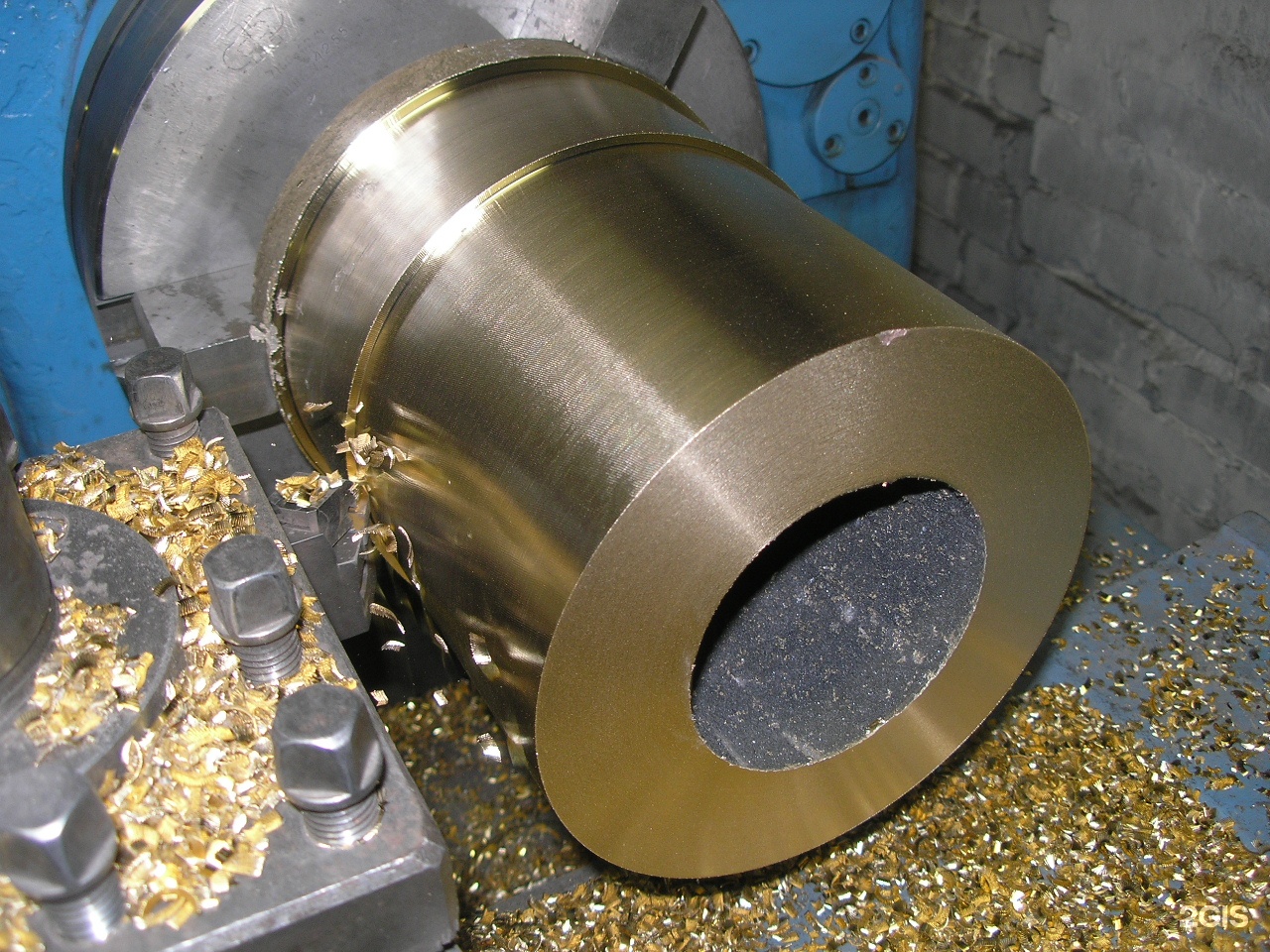In the world of machinery and industrial applications, bearings play a crucial role in ensuring smooth operation and reducing friction between moving parts. Among the various types, heavy-duty bearings stand out for their ability to handle high loads and harsh conditions. This article will explore heavy-duty bearings, including their importance, applications, and the role of bushings—especially brass bushings—in enhancing performance.
What is a Heavy Duty Bearing?
A heavy-duty bearing is designed to support substantial loads, high speeds, and demanding working conditions, such as heavy machinery, construction equipment, and automotive applications. These bearings are built with enhanced durability, utilizing high-strength materials and advanced designs to withstand extreme environments. The primary function of heavy-duty bearings is to reduce friction and facilitate the smooth rotation of parts, thus extending the lifespan of machinery and improving efficiency.

Key Features of Heavy Duty Bearings
1. High Load Capacity: Heavy-duty bearings are engineered to bear significant loads, whether radial, axial, or a combination of both. This makes them ideal for applications where standard bearings would fail due to overloading.
2. Enhanced Durability: Constructed from robust materials, heavy-duty bearings can withstand harsh working conditions, such as exposure to dust, moisture, and high temperatures. This durability minimizes maintenance needs and prolongs the bearing's service life.
3. Resistance to Wear and Corrosion: The advanced coatings and finishes applied to heavy-duty bearings help them resist wear and corrosion, ensuring consistent performance even under the most challenging conditions.
4. Vibration and Shock Absorption: These bearings are designed to absorb vibrations and shocks, preventing damage to machinery and reducing noise during operation.
Role of Bushings in Heavy Duty Bearings
Bushings, also known as plain bearings or sleeve bearings, are essential components in many heavy-duty bearing assemblies. They are designed to provide a sliding surface between two parts, reducing friction and wear. Bushings are often used in conjunction with heavy-duty bearings to enhance their performance by distributing loads more evenly and reducing metal-to-metal contact.
Types of Bushings Used in Heavy Duty Bearings
1. Plain Bushings: These bushings are simple cylindrical parts that fit between moving components. They are used for their simplicity and effectiveness in reducing friction.
2. Flanged Bushings: Flanged bushings have an additional flange on one end, providing support against axial loads and preventing the bushing from moving out of place.
3. Brass Bushings: Among the various materials used for bushings, brass bushing is particularly popular in heavy-duty applications due to its excellent wear resistance, self-lubricating properties, and ability to handle high loads. Brass bushings are often used in environments where lubrication is minimal or inconsistent, as they can provide reliable performance without frequent maintenance.
Why Choose Brass Bushings for Heavy Duty Applications?
Brass bushings are highly valued in heavy-duty applications because they offer a balance of strength, durability, and smooth operation. Here are some reasons why brass bushings are often preferred:
● High Tensile Strength: Brass is known for its strength, making it capable of handling high pressures and heavy loads, which is essential for heavy-duty bearings.
● Corrosion Resistance: Brass bushings offer excellent resistance to corrosion, which is particularly beneficial in environments exposed to moisture, chemicals, or other corrosive elements.
● Low Friction Coefficient: The self-lubricating properties of brass reduce friction, enhancing the efficiency of machinery and extending the lifespan of both the bushing and the bearing.
● Versatility: Brass bushings can be used in various applications, from automotive engines to industrial machinery, due to their versatility and adaptability to different working conditions.
Applications of Heavy Duty Bearings and Bushings
1. Construction Equipment: Bulldozers, excavators, and cranes rely on heavy-duty bearings and bushings to handle the intense loads and constant vibrations associated with construction activities.
2. Automotive Industry: In heavy-duty trucks and off-road vehicles, heavy-duty bearings and bushings are critical in the engine, transmission, and wheel assemblies, ensuring reliable performance under demanding conditions.
3. Mining Machinery: Equipment such as crushers, conveyors, and drilling rigs operate in harsh environments where heavy-duty bearings and brass bushings provide the necessary durability and reliability.
4. Manufacturing and Industrial Machinery: Heavy-duty bearings are used in various machines, including presses, lathes, and milling machines, where precision and strength are essential.
Conclusion
Heavy-duty bearings are a cornerstone of modern machinery, providing the strength and durability needed to keep equipment running smoothly under high loads and harsh conditions. The incorporation of bushings, particularly brass bushings, further enhances these bearings' performance by reducing friction, distributing loads, and offering exceptional wear resistance. Whether in construction, automotive, mining, or manufacturing, heavy-duty bearings and bushings are critical components that ensure reliable and efficient operation. For those seeking reliable solutions for demanding applications, investing in high-quality heavy-duty bearings and brass bushings is a wise choice. As a professional heavy-duty bearing manufacturer and self-lubricating system provider, we would be pleased to advise you individually, and you are also welcome to send your inquiry to sales@zjbearings.com.